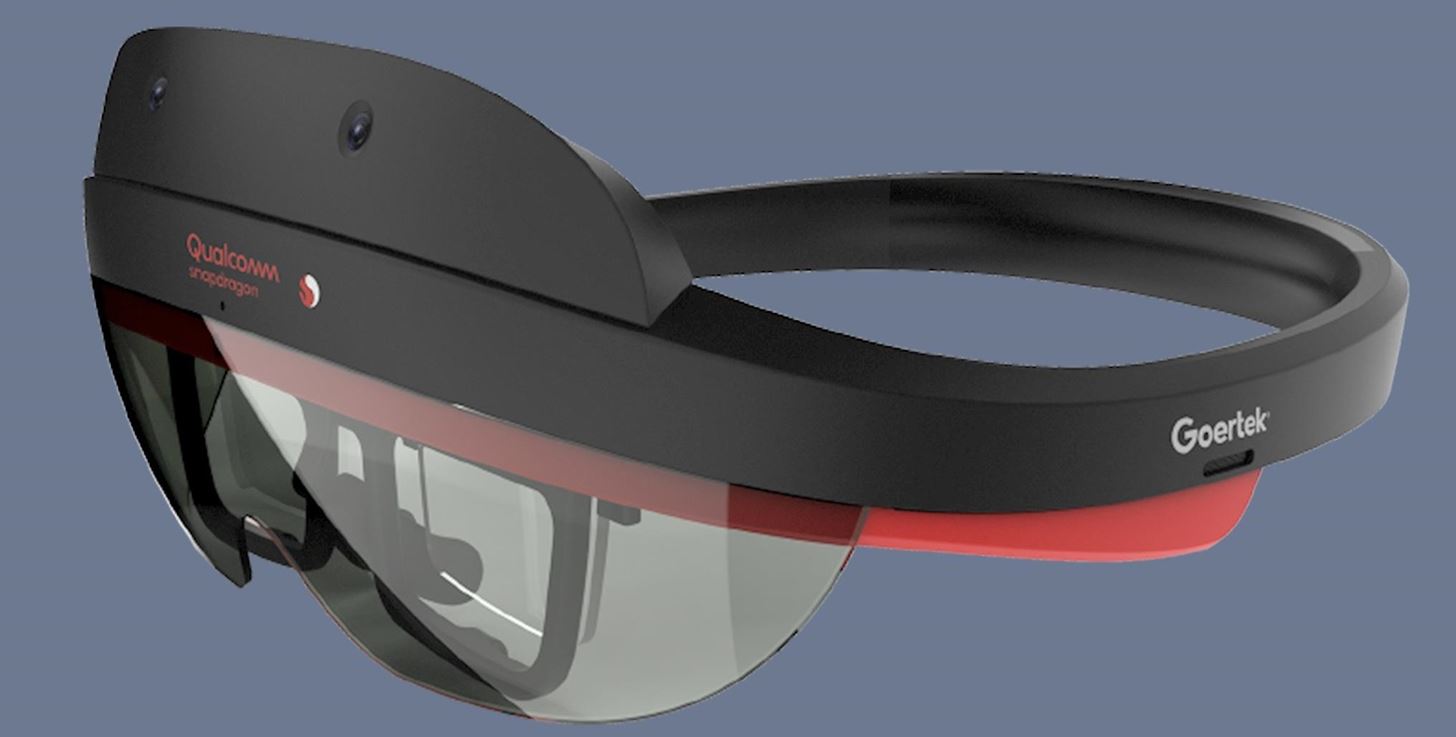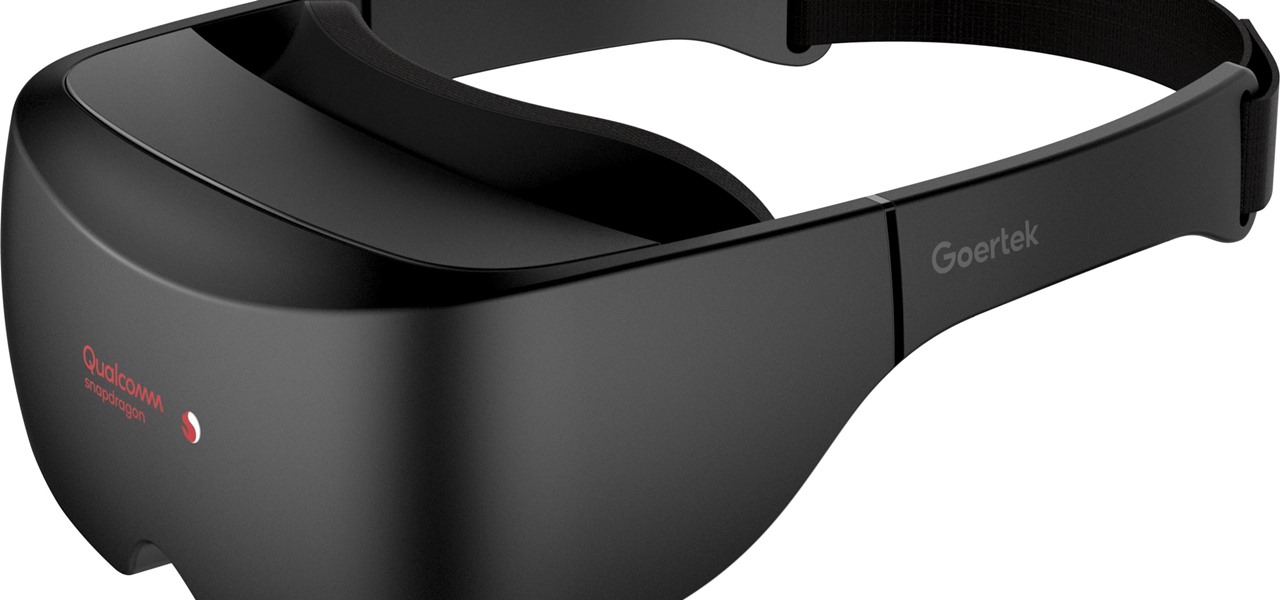Following its dominance as a provider of silicon for smartphones, Qualcomm is eager to replicate that ubiquity with not only processors for augmented reality headsets but also reference designs to give device makers a head start.
On Tuesday, in place of an unveiling at Mobile World Congress, Qualcomm revealed its reference designs for AR headsets, smartglasses, and VR headsets with pass-through AR support running on its new Snapdragon XR2 platform for next-generation wearables.
The reference design, which Qualcomm expects to be available for select manufacturers "in the coming months," boasts support for twice the computing and graphics performance, four times the video bandwidth, and six times higher resolution compared to the Snapdragon 835 platform, which is found in the Ximmerse Rhino X and Pacific Future Am Glass.

The headset can support seven cameras, including two internal cameras for eye tracking and four external cameras, with two RGB cameras for pass-through AR experiences, which are capable of spatial mapping. Along with the cameras, the reference design includes an IR emitter for both six degrees of freedom hand (6DoF) tracking of head and hands and simultaneous localization and mapping (SLAM).
And, of course, with the push for 5G connectivity by carriers and hardware makers alike, the XR2 reference design includes the Snapdragon X55 5G Modem-RF to support next-generation networks.

Qualcomm tapped Goertek to craft the headset design and partnered with NDI to support 6DoF controllers and Tobii to supply eye-tracking technology.
Along with facilitating the production of AR hardware, Qualcomm has established the Qualcomm XR Enterprise Program within its existing Qualcomm Advantage Network to ensure enterprise software support for the XR2 platform. Enterprise AR platforms aligning with Qualcomm include Arvizio, Data Mesh, Librestream, Motus XR, Scope AR, Spatial, Strivr, Ubimax, and Upskill, among others.
Qualcomm is already well on its way to being as indispensable to AR hardware makers as it is now to smartphone makers. Snapdragon chips power many of the augmented reality smartglasses and headsets that are currently on the market or announced to arrive soon.
The forthcoming Lynx Mixed Reality device will be the first headset with the XR2 chipset embedded, while Google Glass Enterprise Edition 2, and the Vuzix M400and Vuzix M4000 run on the XR1 chipset.

In addition to the Rhino X and Am Glass, Snapdragon processors are found in the Microsoft HoloLens 2, the Realmax Qian, ThirdEye's Gen X2, the Nreal Light, Rokid Glass, the Lenovo ThinkReality A6, and the RealWear HMT-1.
Qualcomm's market leadership and technical expertise ensure that it will play a crucial role in the success of the AR hardware industry. If its influence over smartphones is any indicator, we should be in good shape.
Just updated your iPhone? You'll find new features for Podcasts, News, Books, and TV, as well as important security improvements and fresh wallpapers. Find out what's new and changed on your iPhone with the iOS 17.5 update.























Be the First to Comment
Share Your Thoughts